Behold the empire of cats!
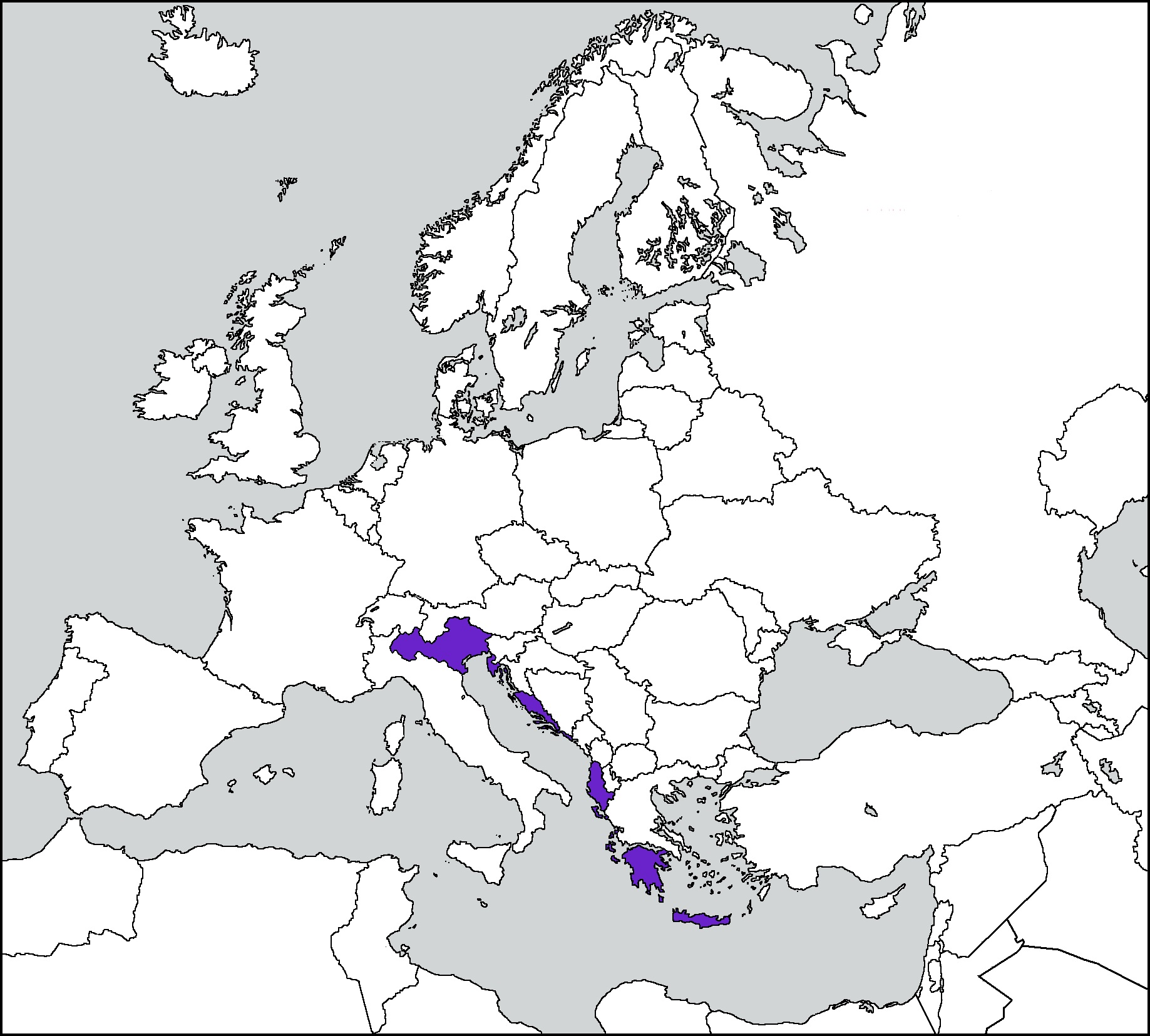
Carlyle's theory of great man history occupies an odd space for me. It was the first school of historical thought I was exposed to when young, so I can't deny it was formative.
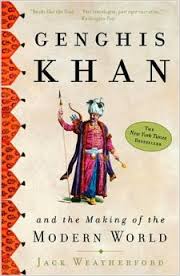
Great man history isn't the only way to examine history. But it is a great hook to get people nosing around the rabbit hole (vortex?) of historical research. So much of history isn't determined by people, but by circumstance, and sometimes the things that make them interesting are tics or quirks that, upon reading them, make you stand up and blink. Great man history has its flaws: it all but deifies fallible characters, it tends to silence the stories of marginalized communities, and it consolidates historical credit into one figure. But for all those flaws, sometimes the style can be used for comedy.
So with all that said, I'm going to get to the point. Francesco Morosini, admiral and doge of Venice, was a cat person.
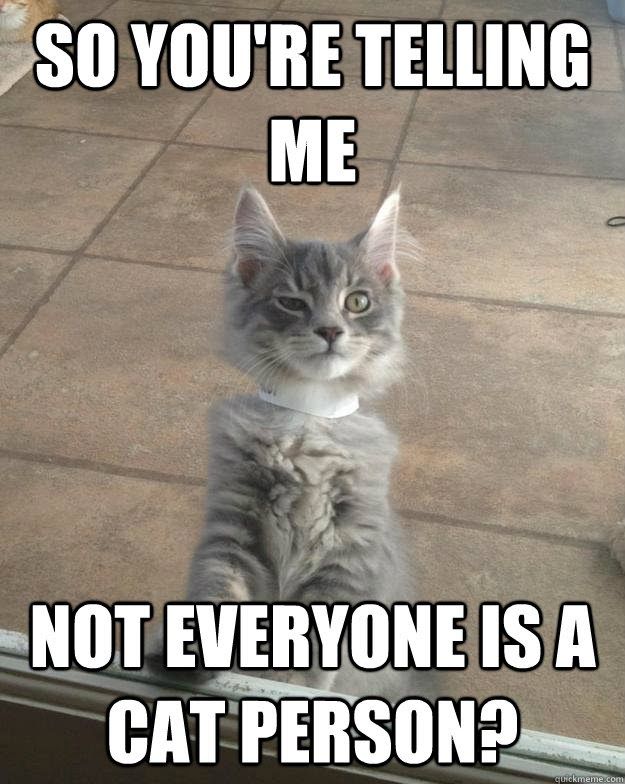
This perhaps, is not surprising when you consider that the good admiral, doge and soldier was Venetian. The Venetians put cats, specifically lions, on most of their iconography. Most notably, their flag, which featured the Lion of Saint Mark:
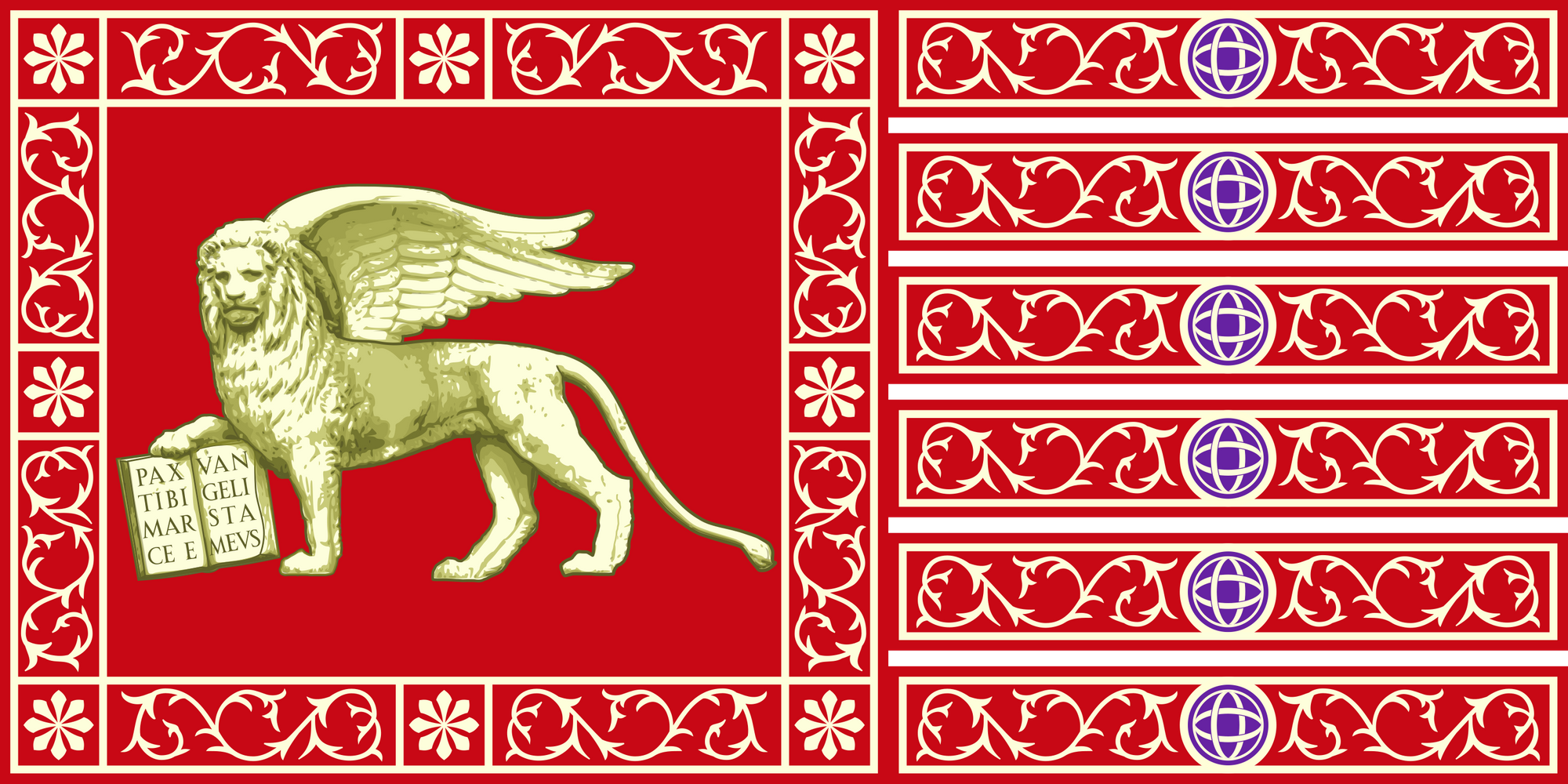
Venice knew their brand well. They put lions on everything: ships, flags, statues, family arms. Even subterfuge and accusing people of crimes involved using their "boche de leone" (lion-mouths, sometimes translated as lion boxes, mouth of the lion etc.) which were post-boxes for citizens of the Most Serene Republic to report their neighbors for crimes to the Venetian Council of Ten (basically their intelligence service) via a handy slip of paper. You can find these all over the city of Venice and former Venetian colonies.
What, you thought doxing, informing on those who trusted you and anonymous spamming of complaints to a shadowy agency with little accountability were uniquely 21st century problems?
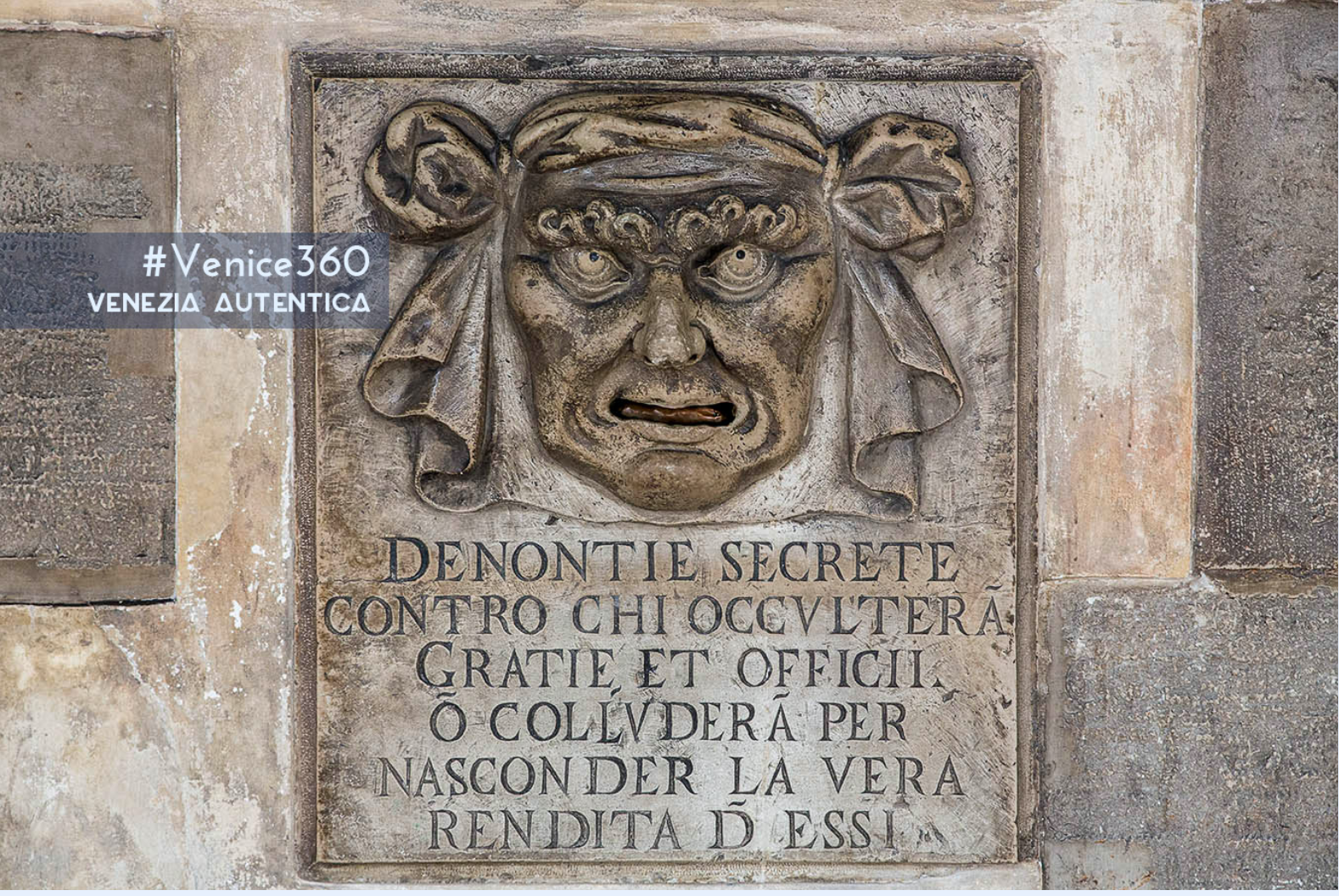
Anyway, the point I'm laboring to make here is that Venetians liked to put lions on everything. They had a fondness for cats.
But Francesco Morosoni was a Venetian's Venetian: that is to say, the most murderous cat-dad of them all.
For an abridged and audio-only version of this blog (featuring the high-points of Morosini's cat-obsession recorded at A Novel Idea), you can always click the player below.
The Morosinis were an old, large Venetian family. They didn't always keep their noses clean, being accused of rape, murder and extortion through their long history climbing the ladder of Venetian politics. This was not atypical of Renaissance families.
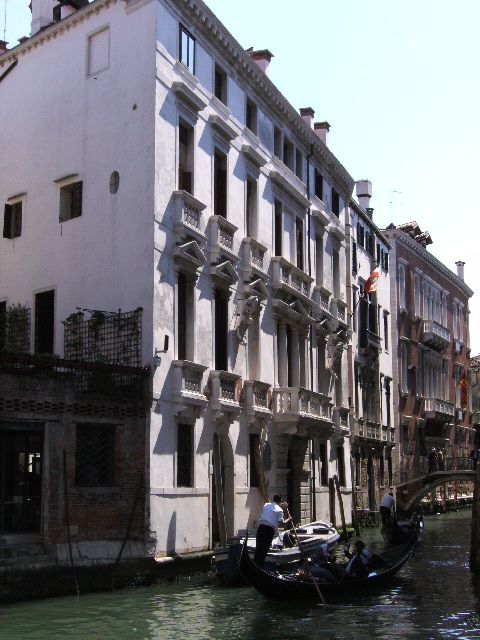
However, the man we're discussing today made his name during the Cretan War (1645-1669) where France and Venice fought the Ottoman empire over the Greek island of Crete.
Francesco Morosini led the forces of the most serene republic as an admiral.
A position intimately, some might even say irrevocably, associated with water.But Francesco Morosini never went into battle, or indeed anywhere, to hear Morris tell it, without his trusty cat by his side.
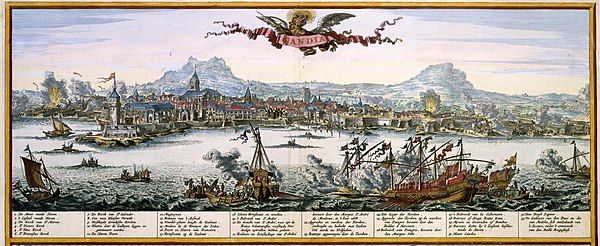
Francesco Morosini, according to historian Jan Morris, dressed only in reds. Not muted reds, bright, eye-burning red clothes. Ok, fine. Don't want people to know you're bleeding, I get it. The British redcoats worked under the same assumption and they did ok for a while. But my personal theory is Morosini wore all red so that the numerous scratches and bites his cat gave him for hauling him into battle-zones that involved water would be less visible.
*For the duration of this article, Francesco's cat will be dubbed Billy One-Ball. Try as I might, I couldn't find any sources that gave the cat's name, so I replaced it with the name of a barn cat I knew once upon a time.*
Anyhow, Francesco Morosini turns out to be good at this whole fighting deal. Ultimately, Crete falls to the Ottomans despite Morosini's spirited defense. The French abandoned the Venetians, which left Morosini with no choice but to surrender Crete to the Ottomans.
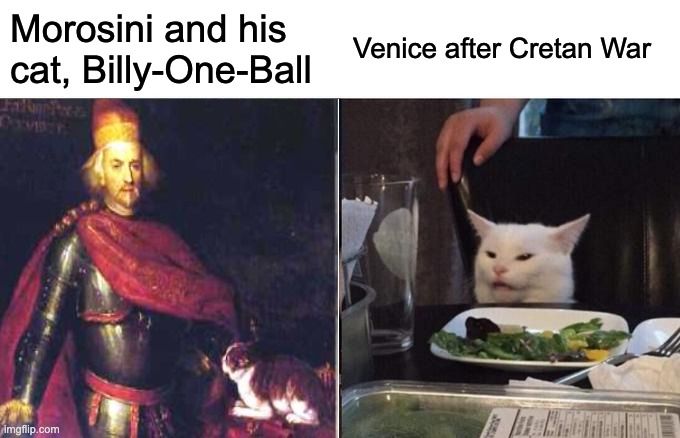
I'd like to imagine Morosini's trial back in Venice after the Cretan war ended. You see, he surrendered the island without formal permission from Venice, for which he was accused of treason. Venice had a nasty habit of executing commanders who surrendered Venetian territory under any circumstances, probably because there was so little of it, relatively speaking.
But while I know this is ahistorical (no proof exists of this, anyway, that we've found) I'd like to imagine Morosini on trial by his peers, stroking Billy-One-Ball like Blofeld. Morosini is cleared of cowardice and treason and redeployed to the field with Billy-One-Ball.
The cat-dad sails again!
And just in time for the Sixth Ottoman-Venetian war! Venice wins this one, adding Morea and a bit of Inner Dalmatia to their territory.
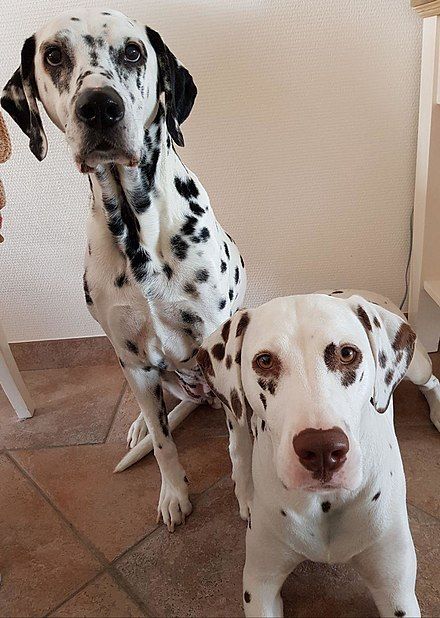
Venice kept trying to take Greece from the Ottomans. Nobody seemed to give much of a damn what the Greeks thought, but this is hardly unique. Morosini acquired quite a name for himself: Peloponnesiacus. Conqueror of Greece.
Anyhow, Morosini and Billy-One-Ball continue rampaging across Greece. Most famously, during the Siege of Athens (fighting the Ottomans again) Morosini ordered the destruction of a three-thousand year old temple: the Parthenon.
It happened like this. The Ottomans had set up their defenses inside the Parthenon, but unfortunately for them and fortunately for Morosini, one of their number deserted to the Venetians. The deserter told the Venetian gunners, German mercenaries in this case, that the Ottomans had recently shifted their powder stores to a certain spot.
Well, it didn't take long for the gunners to hit said giant weakspot. According to Morris, the resulting explosion killed three hundred Ottoman soldiers and functionally ruined the Parthenon.

The Siege of Athens in 1687 was over. The Venetians won. But the German mercenaries in Venetian employ had at least the decency to feel awful about what they'd had to do to achieve victory, i.e. blow the literal roof off the Parthenon. Morosini, by contrast, "fell into an ecstasy " according to Morris, "at this fortunate shot." The Parthenon still hasn't recovered from that one cannon-shot. It's present state of ruin is traceable directly to Morosini's orders.
Cat people, man. Morosini and the Venetians tried to take as much Greek sculpture as they could back to Venice, but much of it collapsed when it was moved. Morosini prioritized the taking of lion-statues: when one's head fell off, he just sent the body. There were plenty of spare lion heads in Venice, he reasoned.
Morosini continued his bit of cat themed art thievery all the way back to Venice.
And if you think I'm joking about the cat-theme--look at what Morosini looted from the Greek port city of Piraeus in 1687 and try and tell me the Venetians in general don't have a thing for cats.
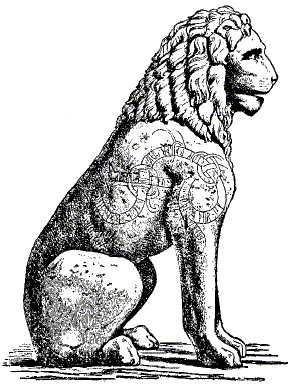
In 1688, Morosini was finally elected doge (leader) of Venice. He had led a remarkable life.

And here is the punchline. The Doge of Venice was a cat person. When he died, Billy-One-Ball was mummified in the Egyptian fashion and buried with him.
Here ends the story of one of the best/worst cat-dads ever to live. He lied, cheated, stole, and blew things up, and did it all with his best friend, Billy-One-Ball, by his side.
I'm sure the cat wished he was somewhere else.